No More Reality.Step 3: SHARED FOLDER
de Appel, Nieuwe Spiegelstraat 10, Amsterdam
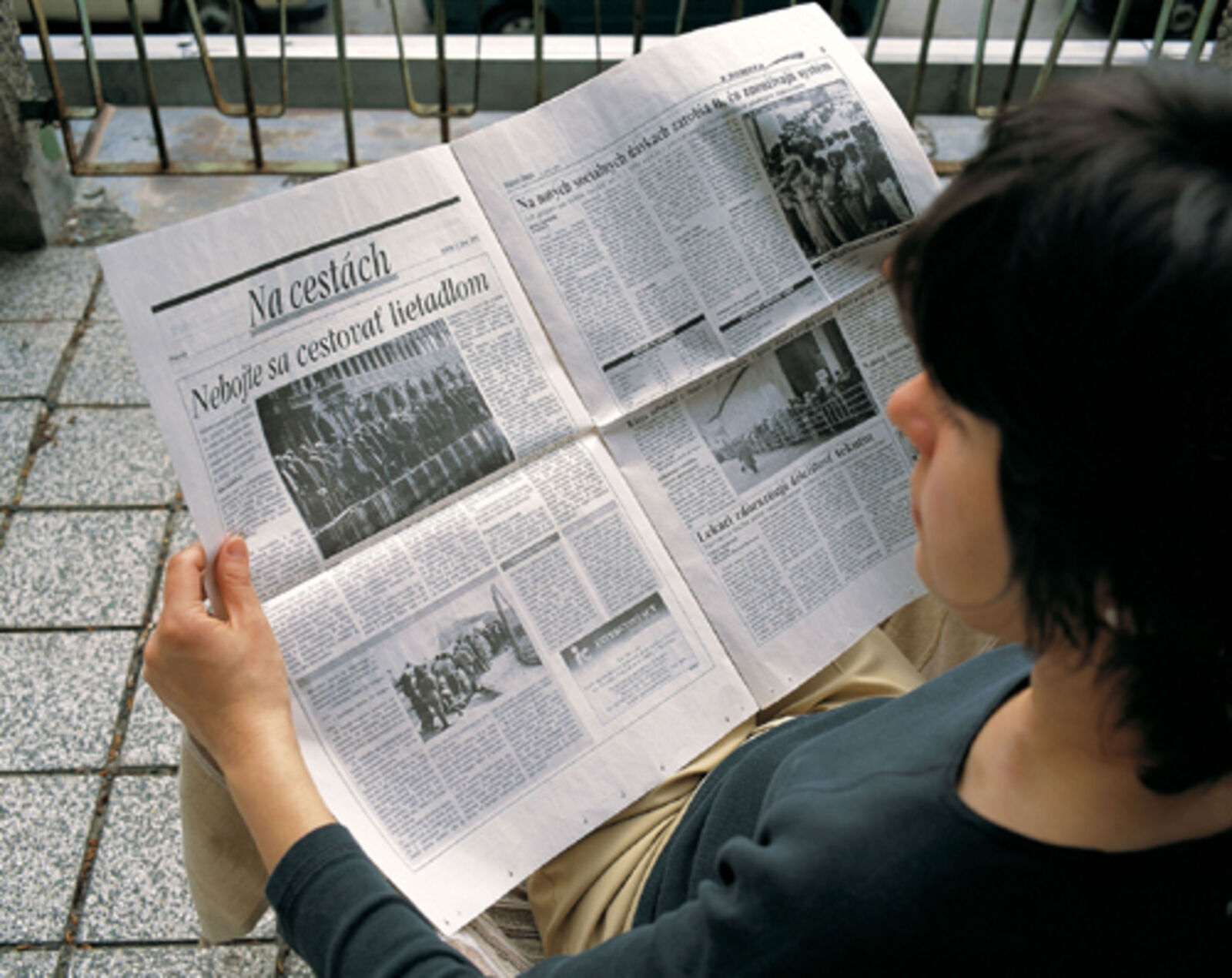
Roman Ondák "Awaiting Enacted", 2003, set van 16 pagina's B & W newspaper, 46 x 31 cm, oneindige druk om weg te geven in publieke expositieruimte, uniek exemplaar.
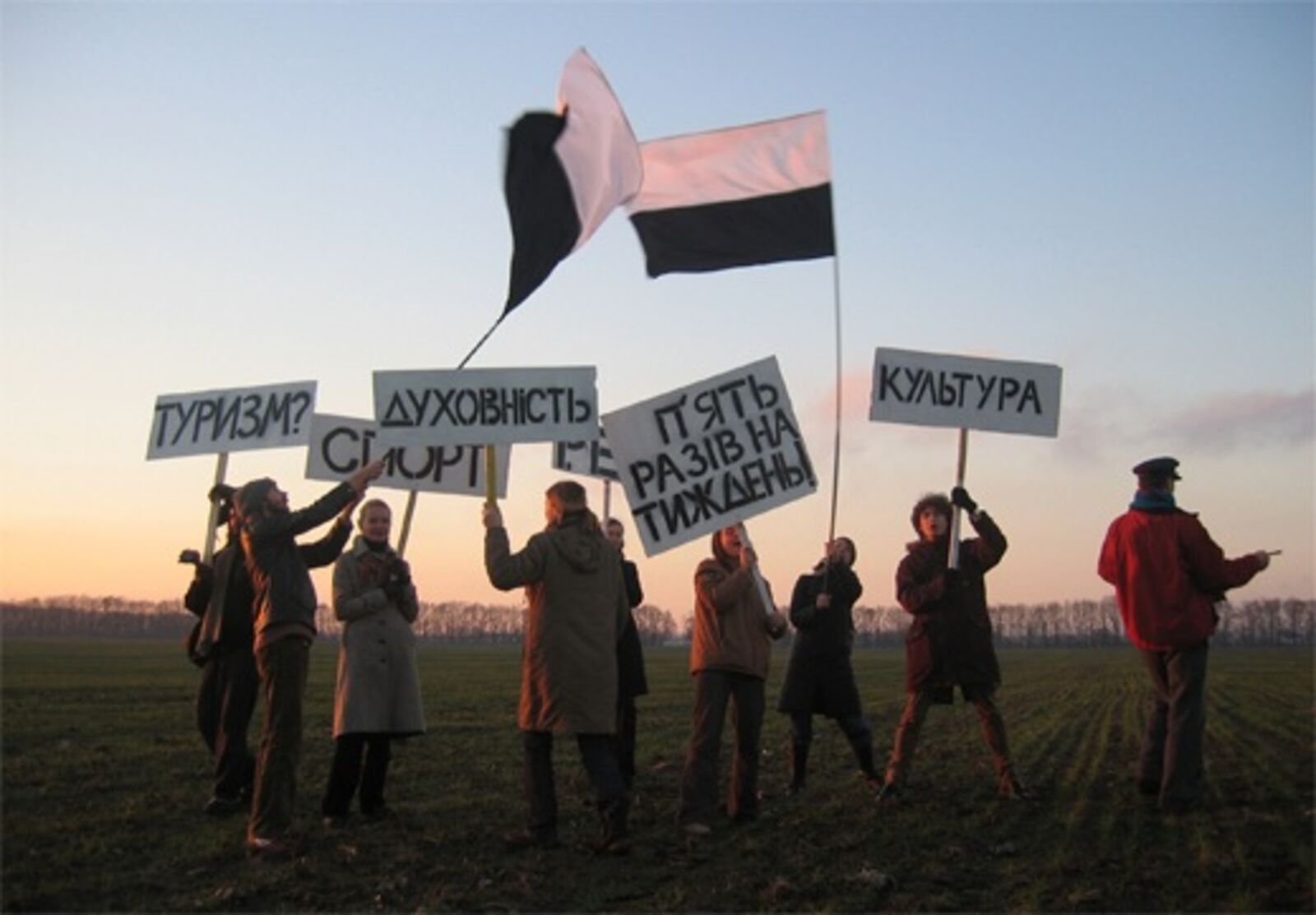
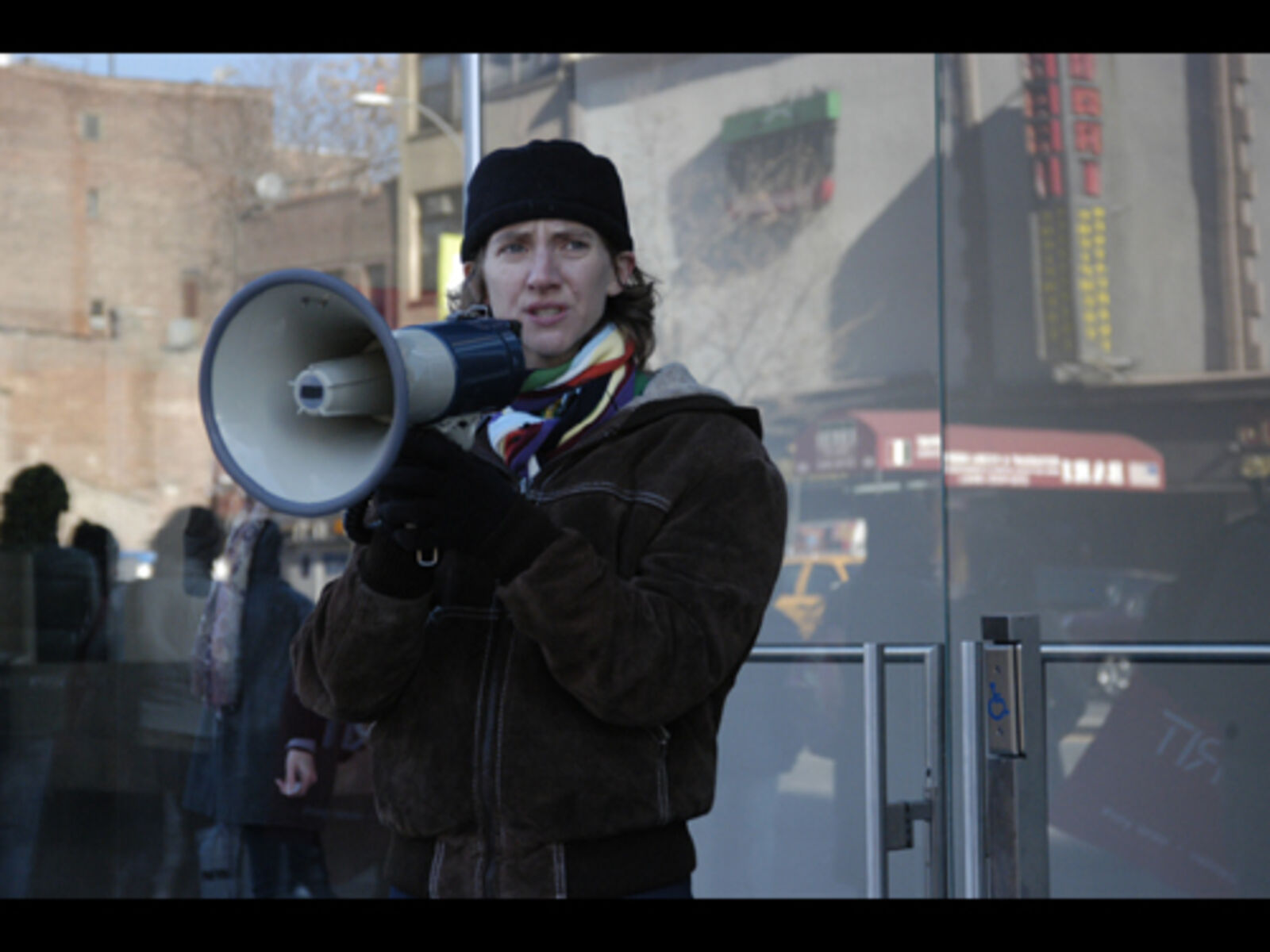
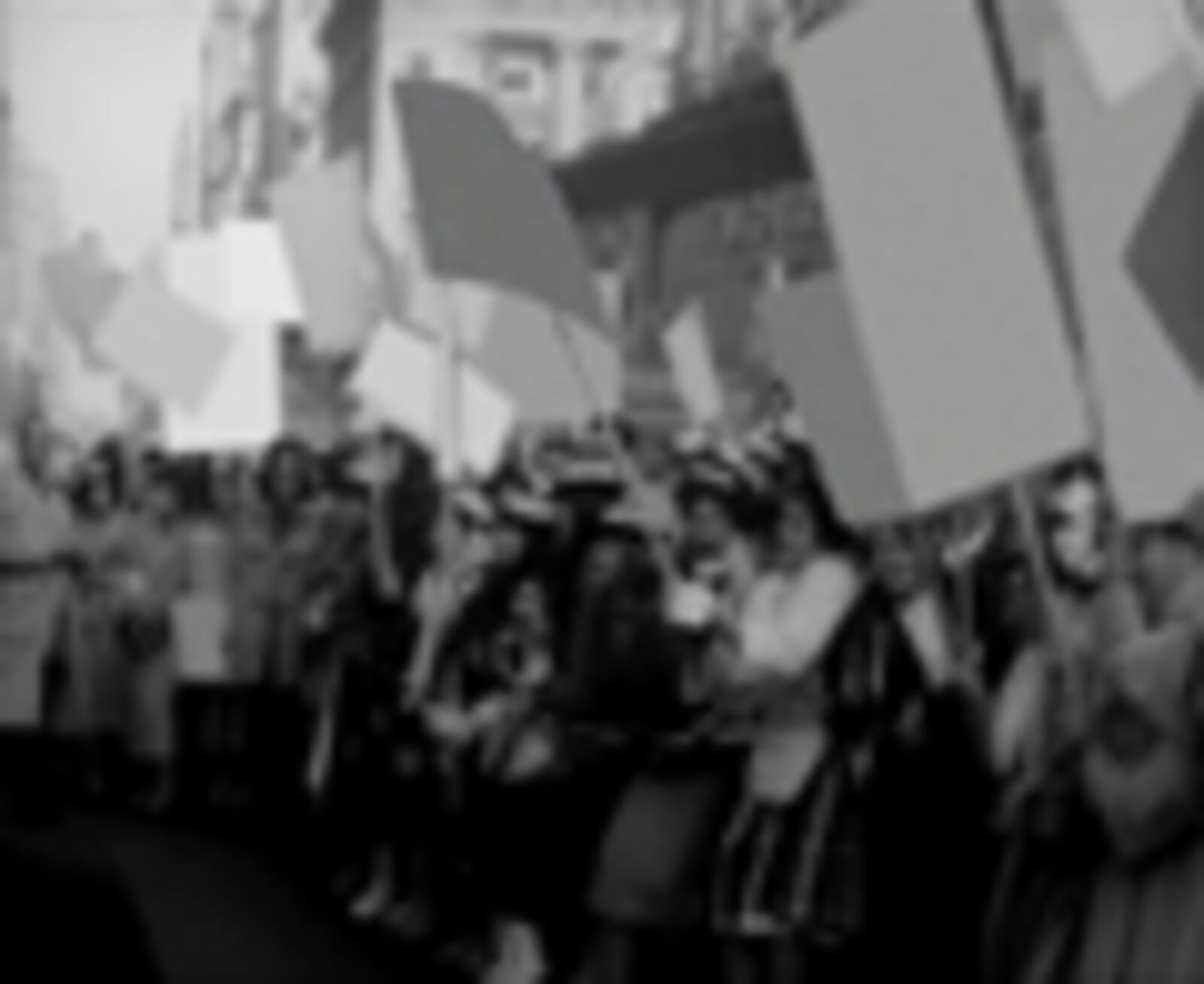
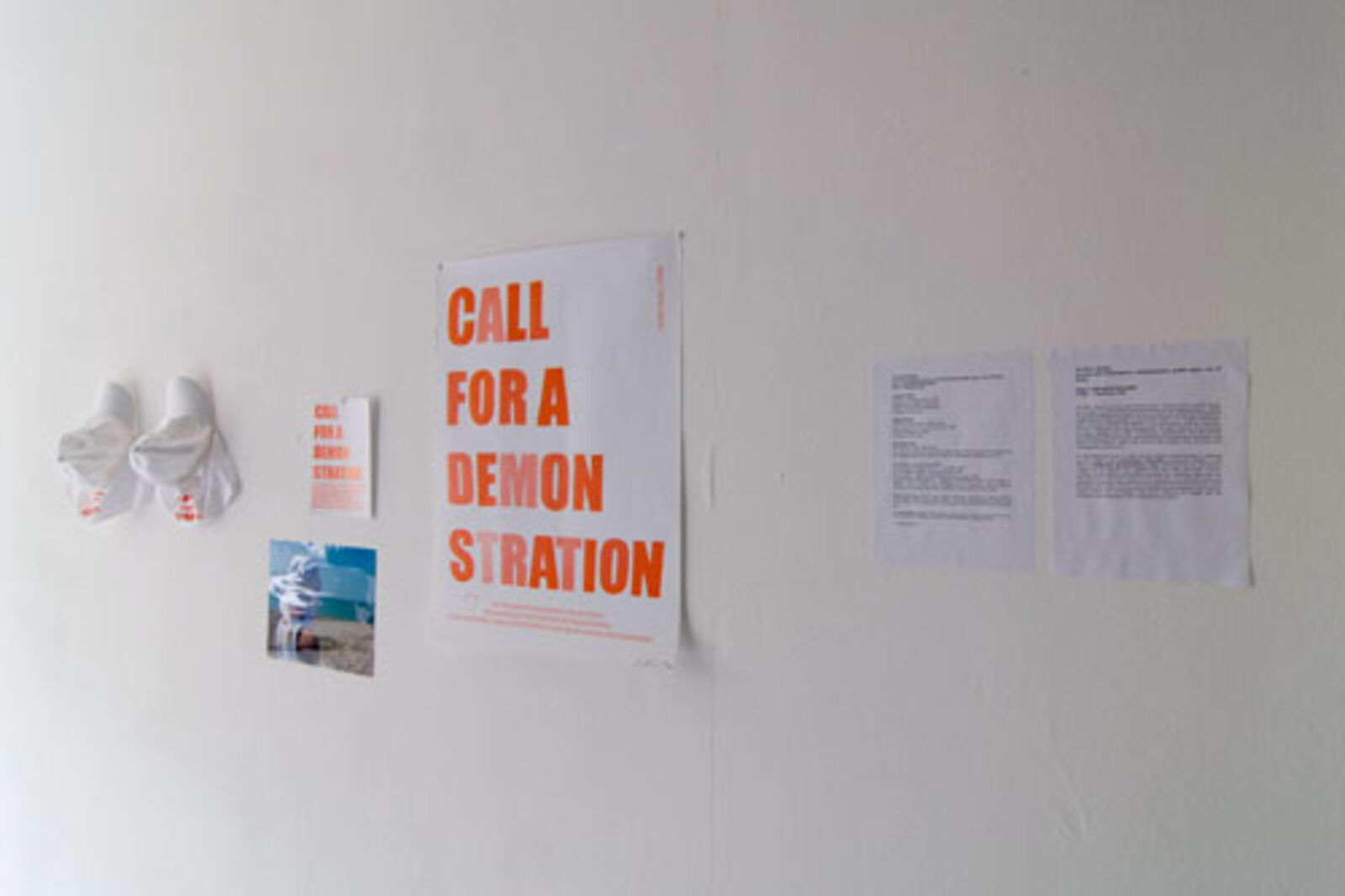
Cassander Eeftinck Schatlenkerk
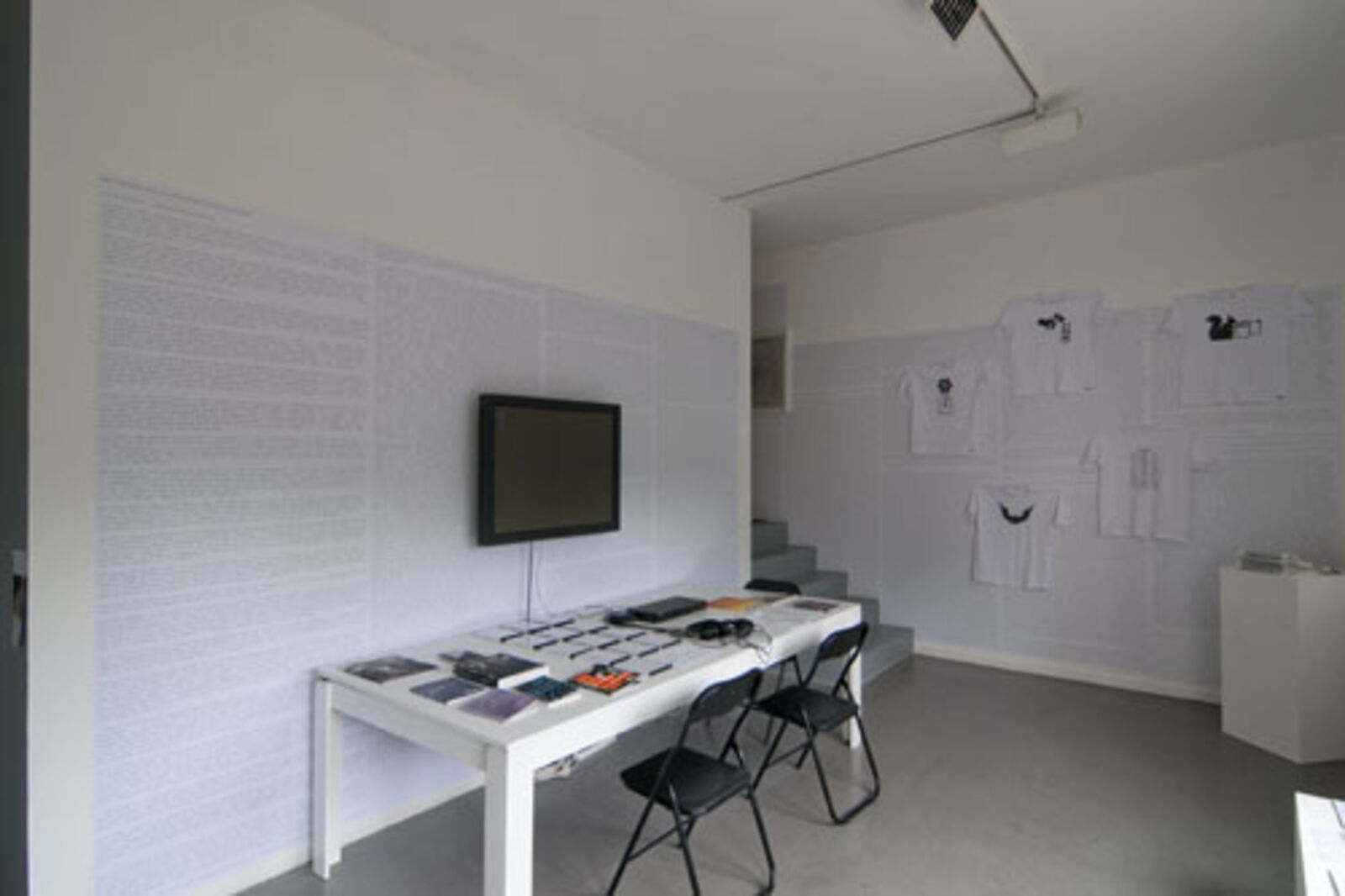
Cassander Eeftinck Schatlenkerk
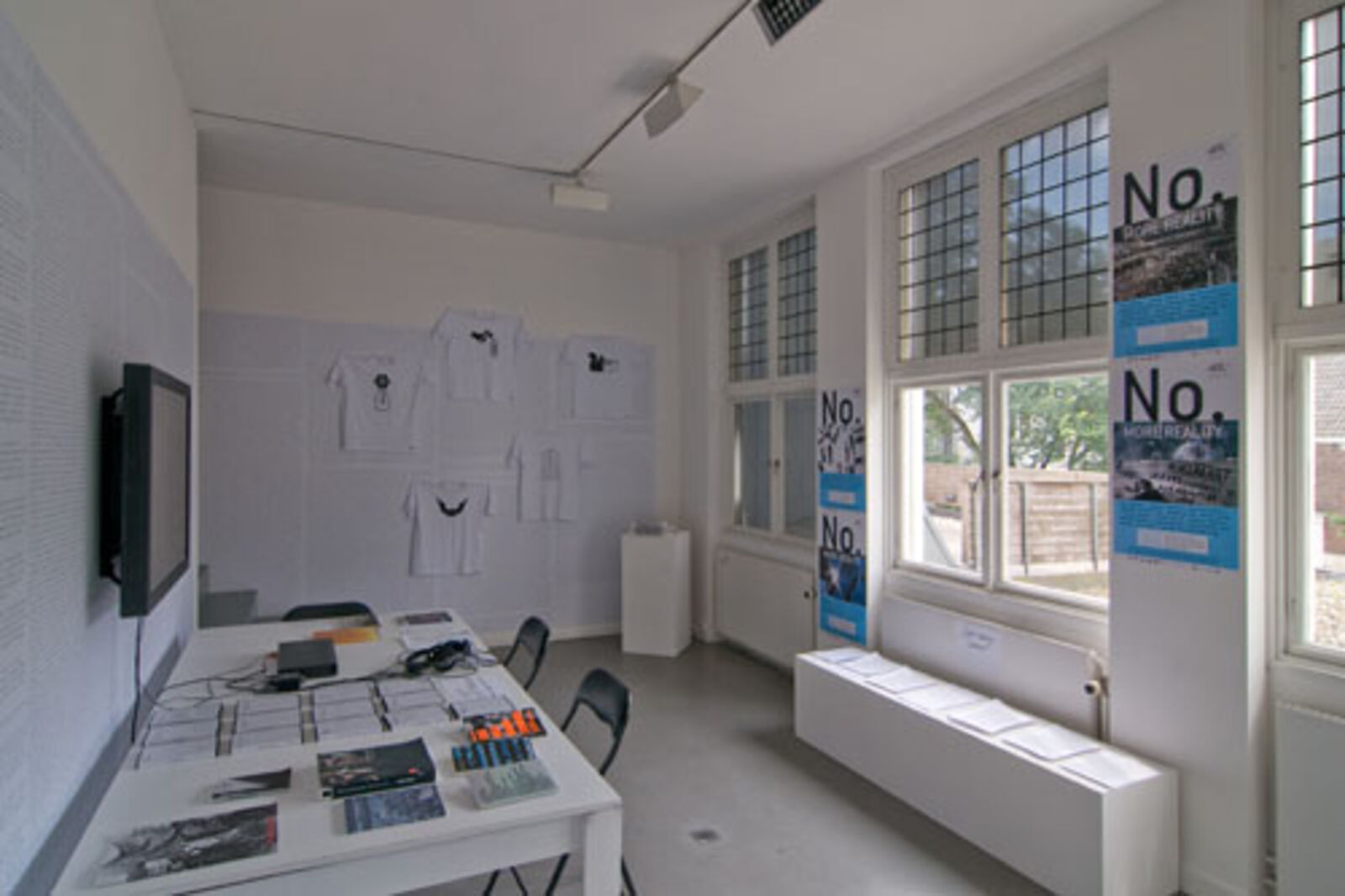
Cassander Eeftinck Schatlenkerk
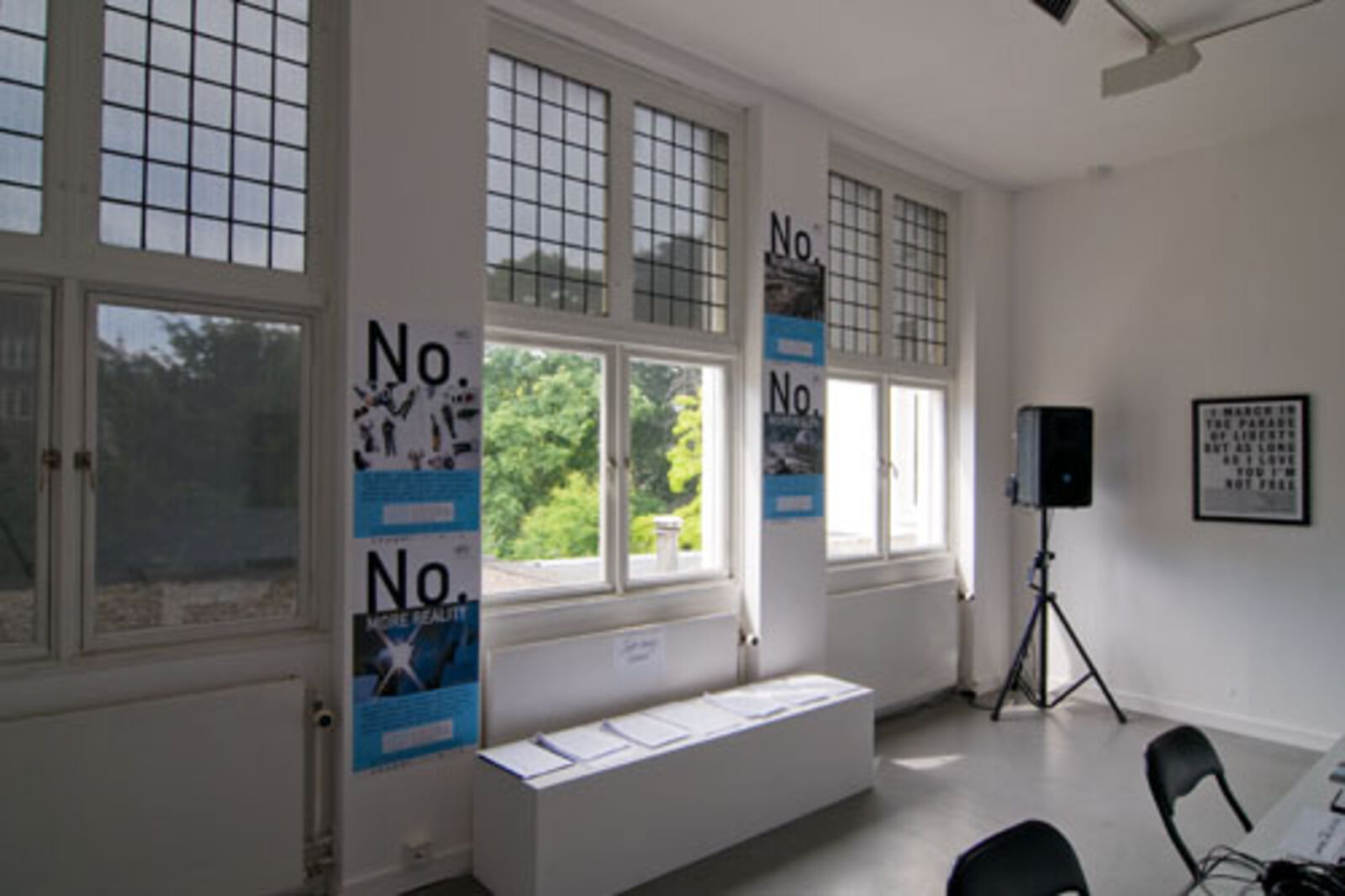
Cassander Eeftinck Schatlenkerk
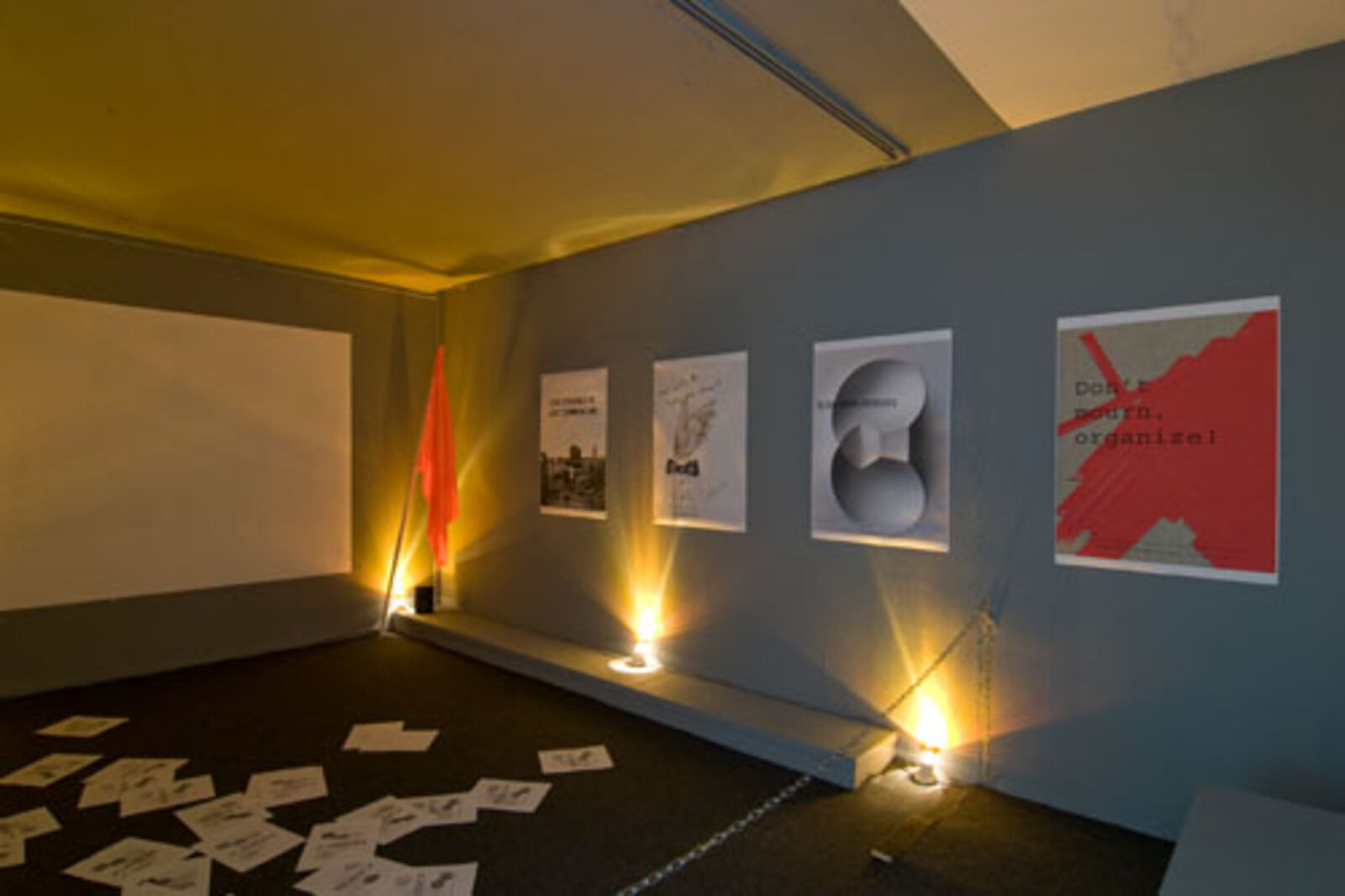
Cassander Eeftinck Schatlenkerk
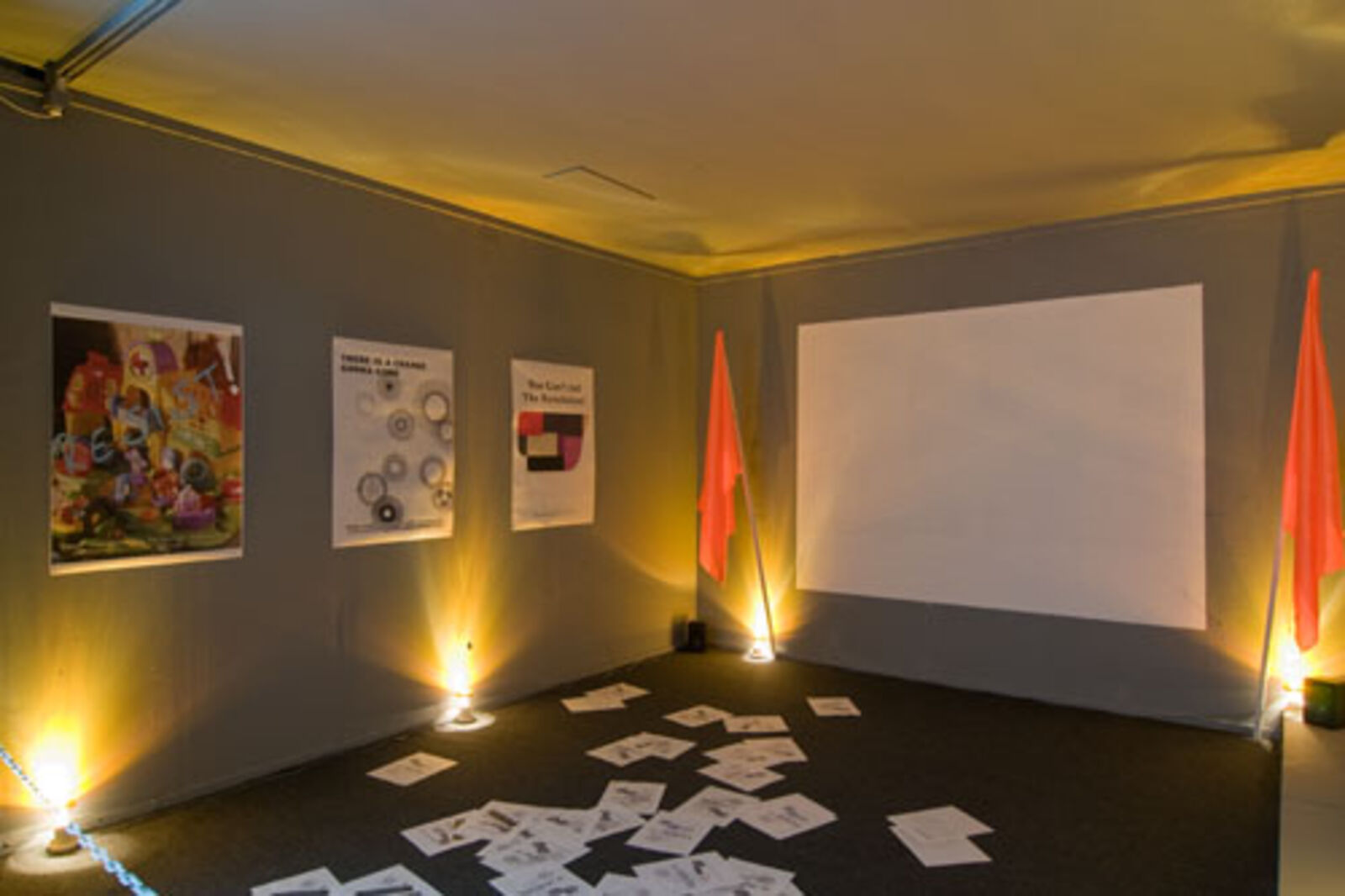
Cassander Eeftinck Schatlenkerk
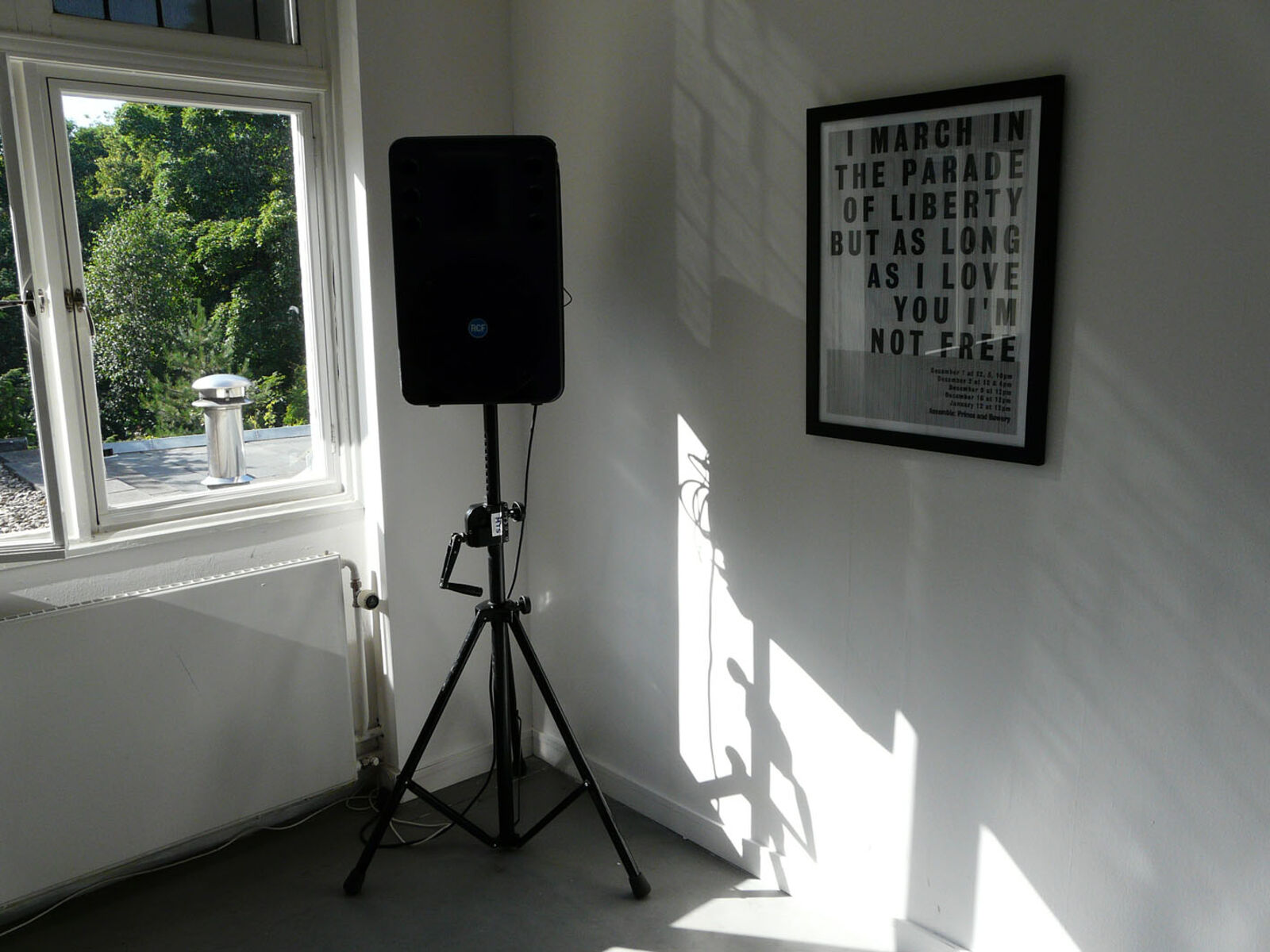
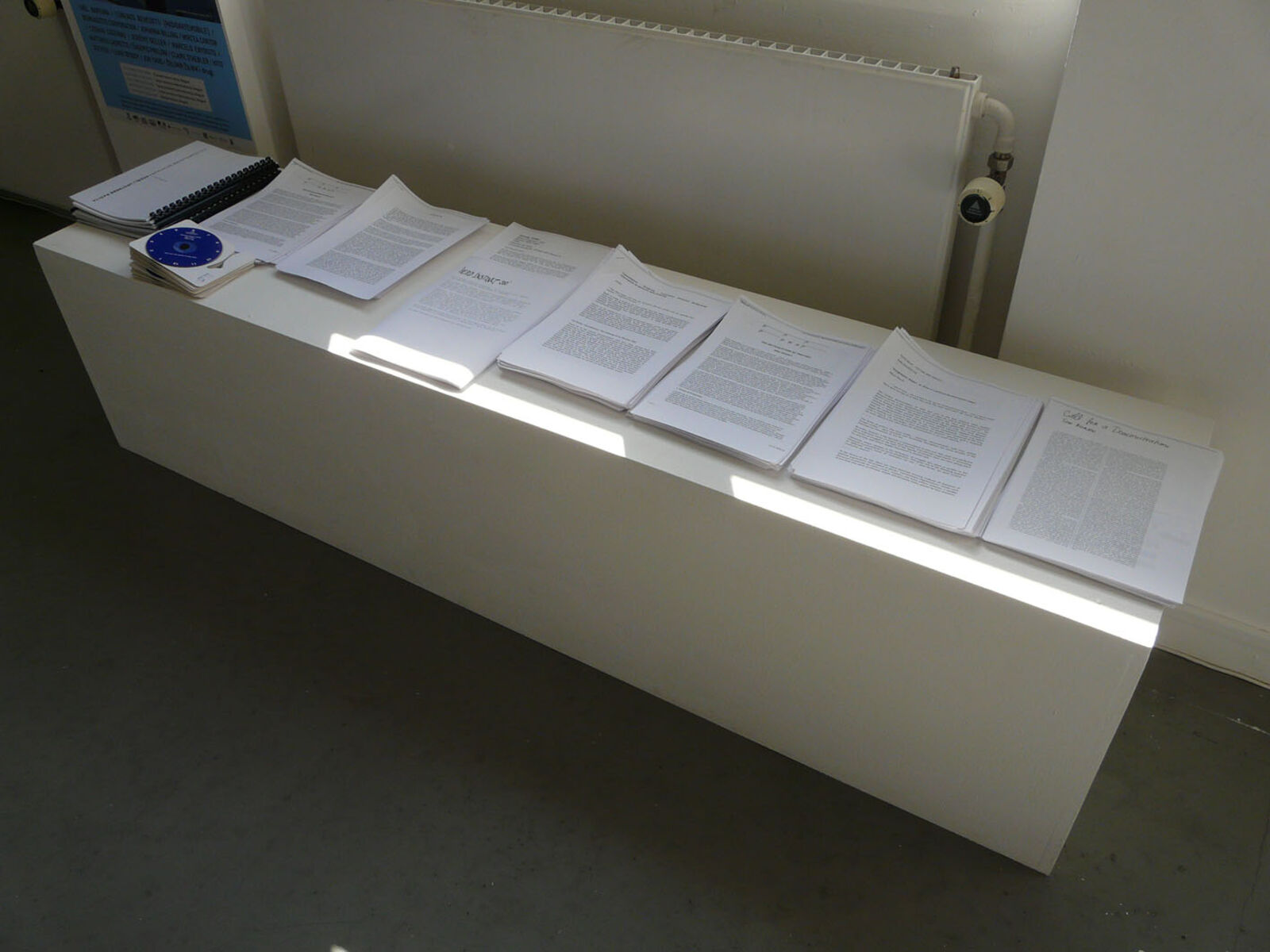
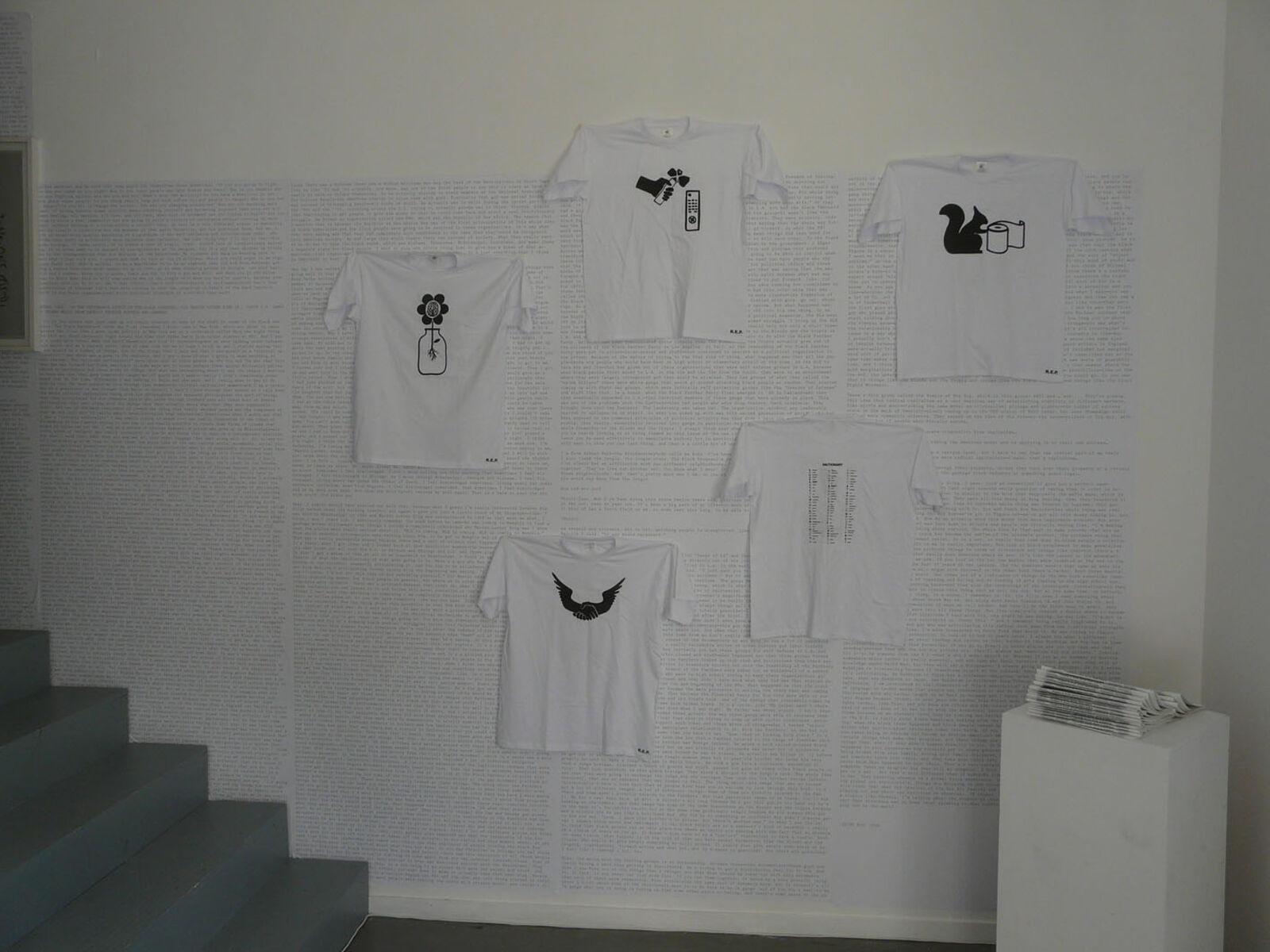
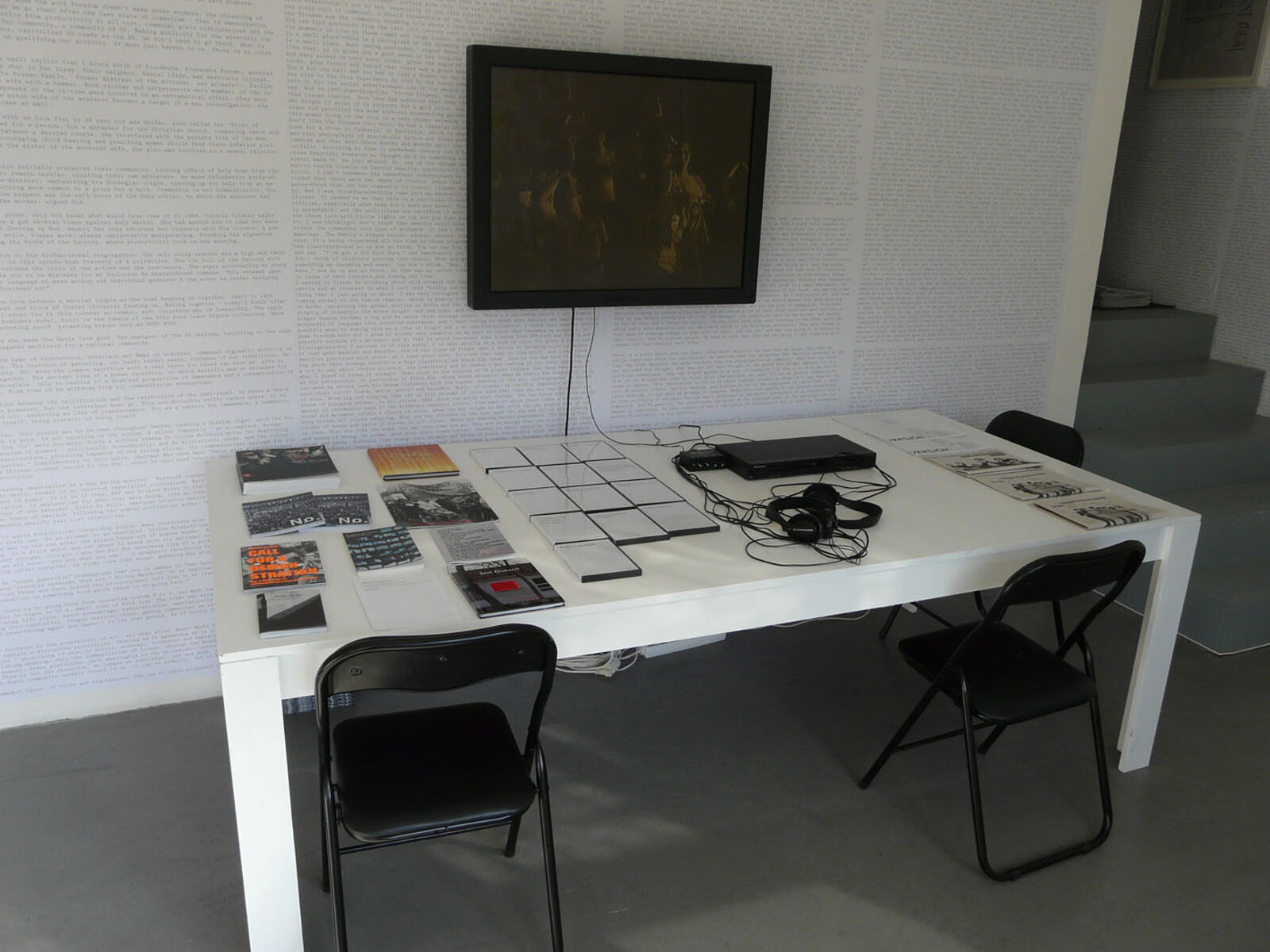
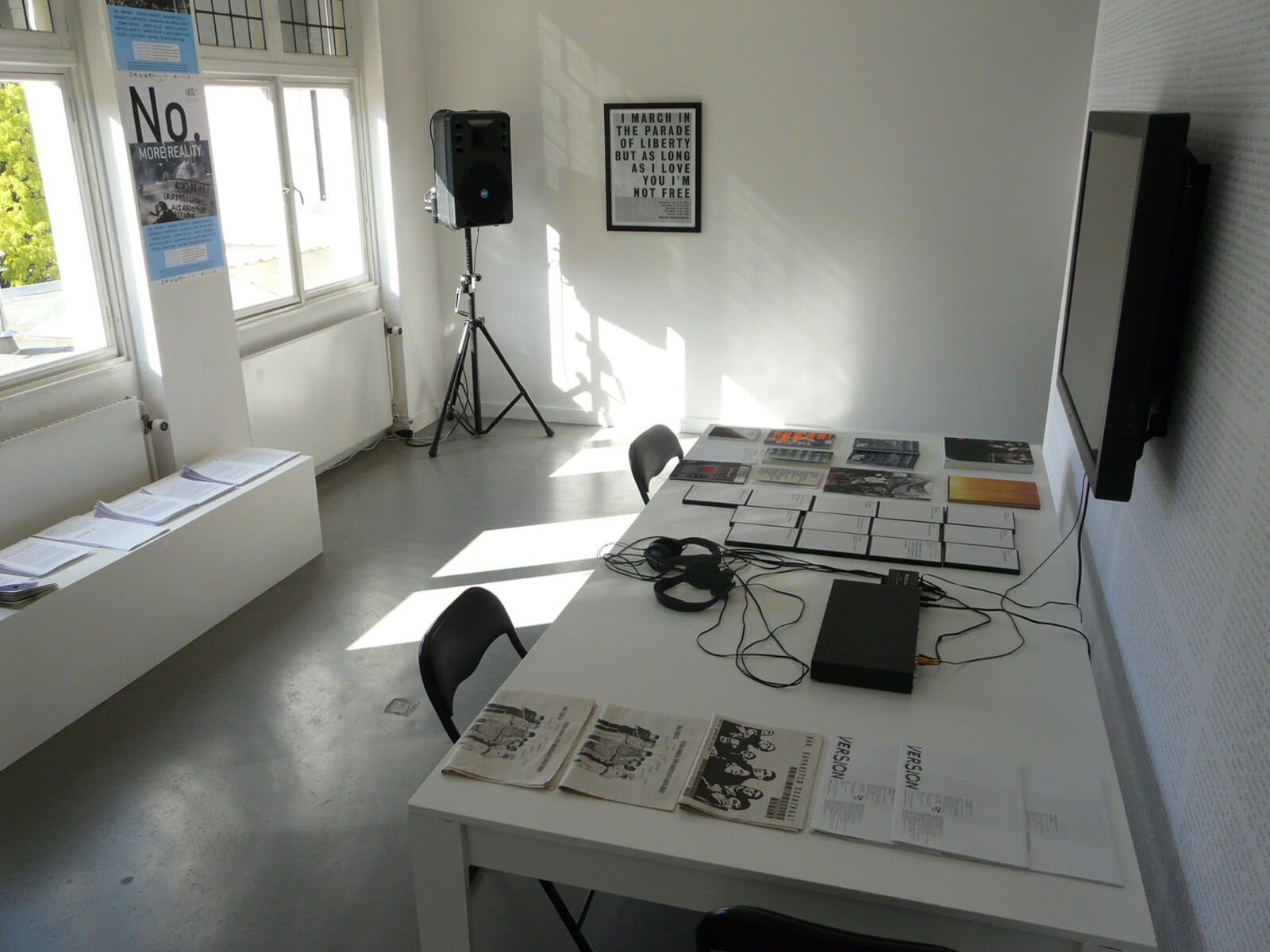
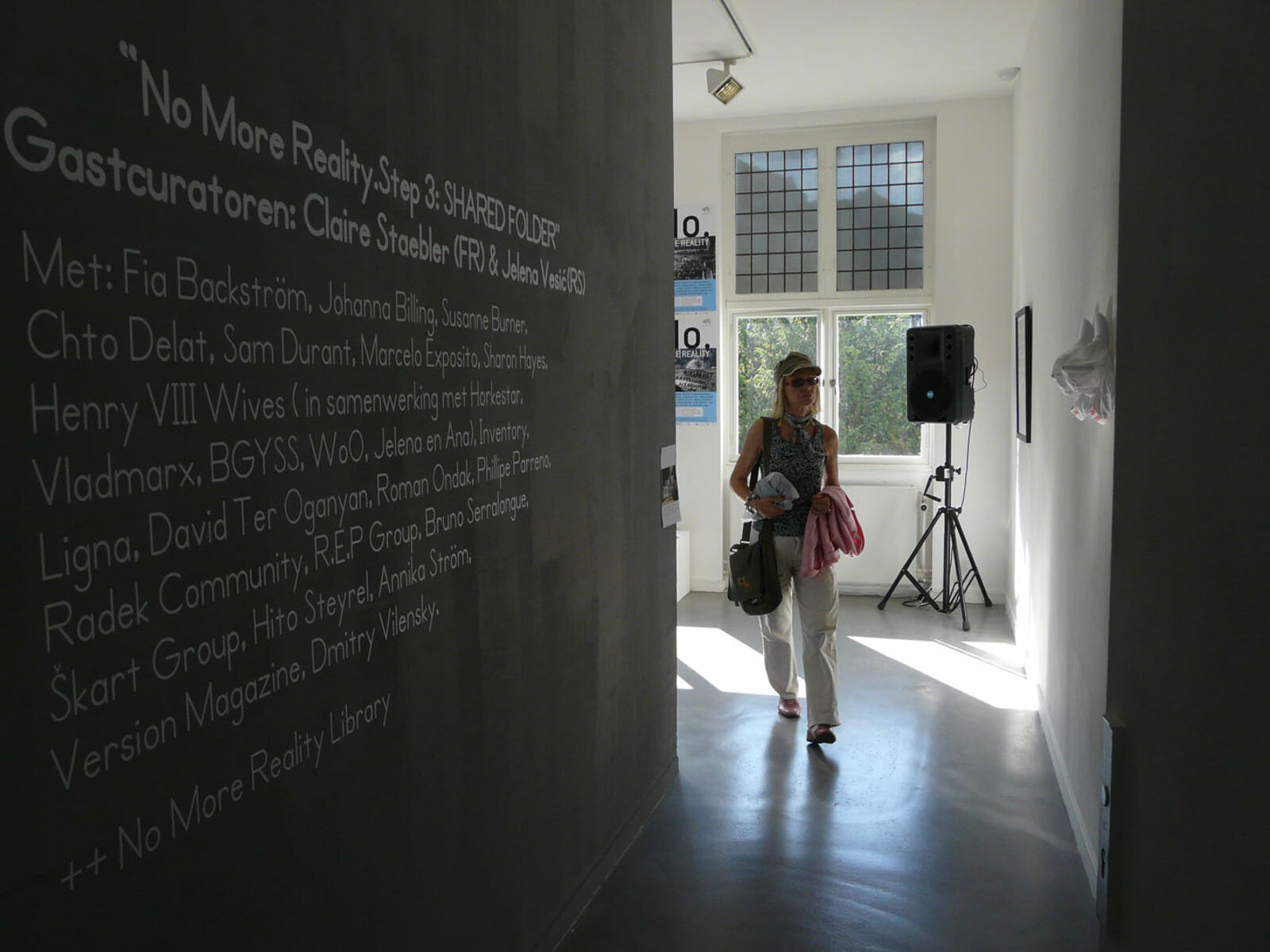
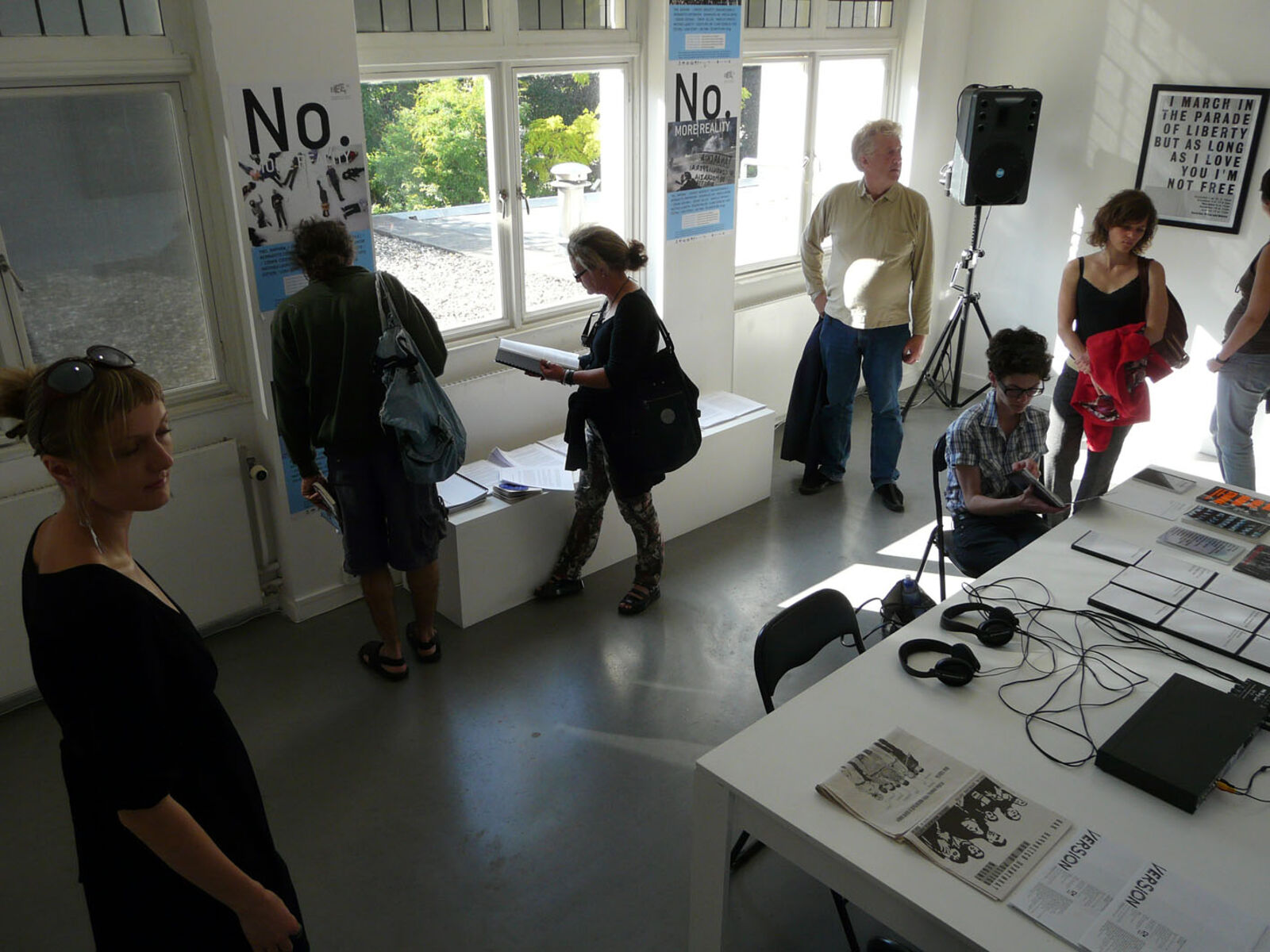
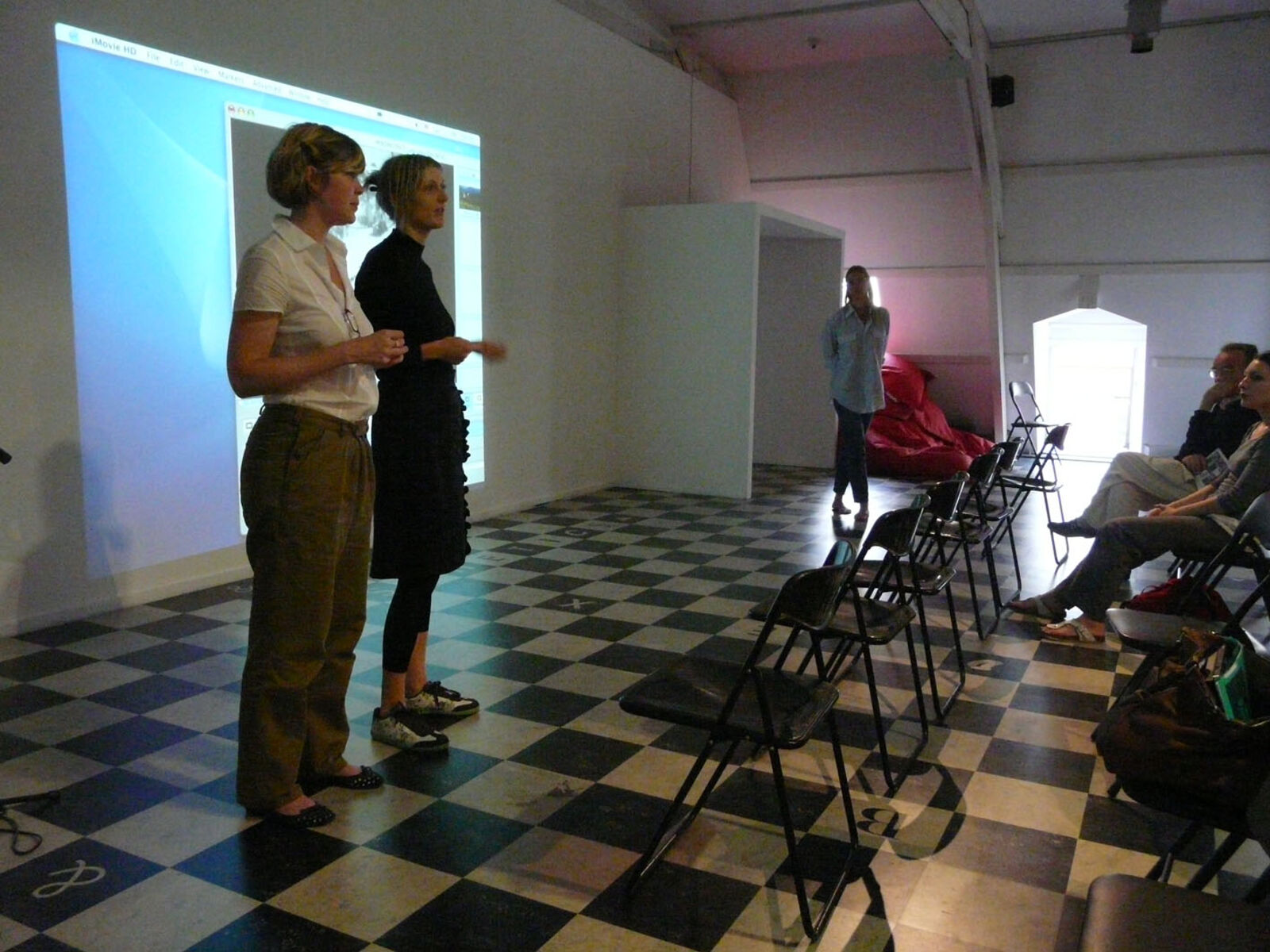
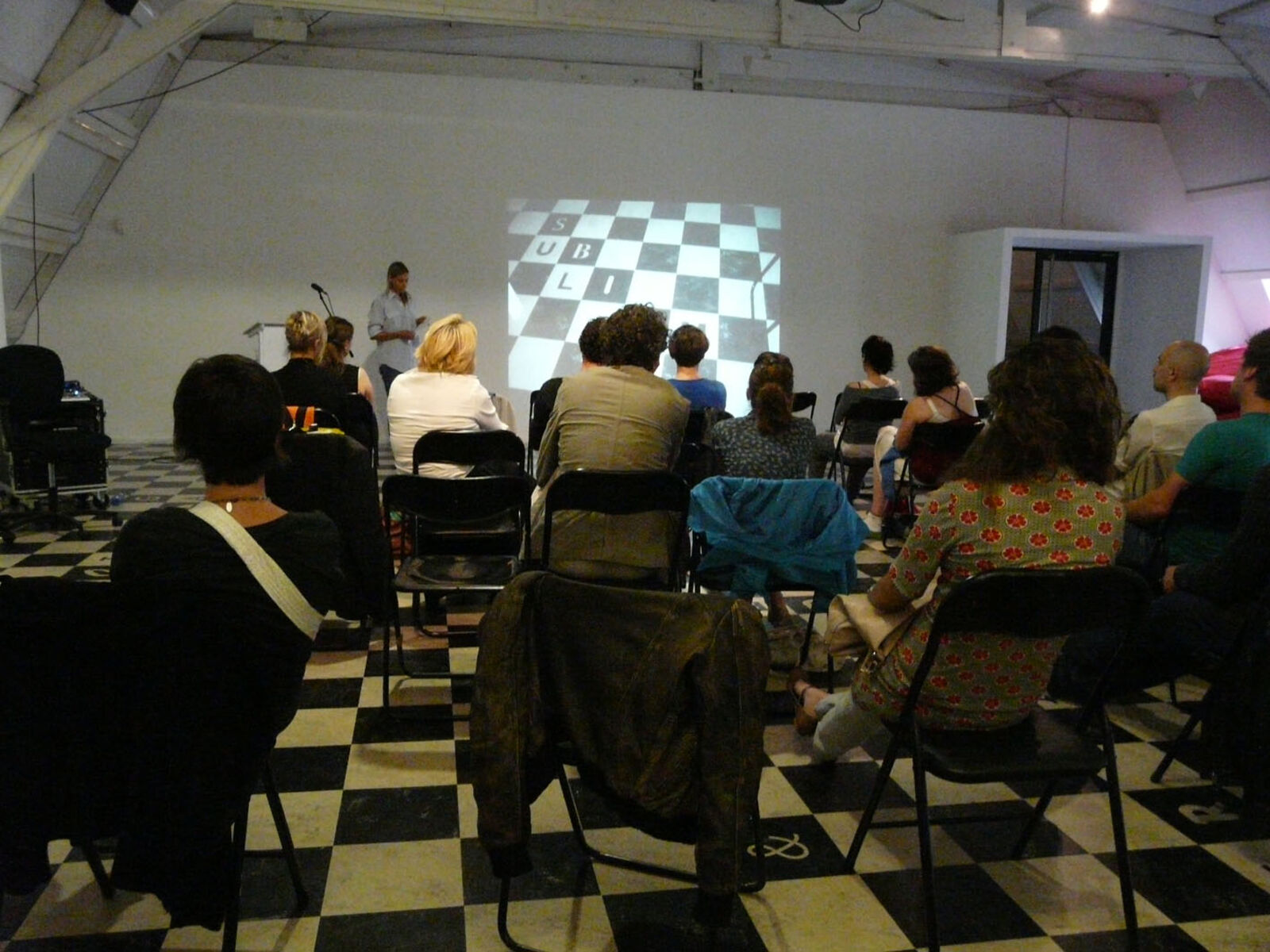
[Crowd and Performance: demonstration, public space, use of body]
Opening: Friday 4 July from 6 pm onwards
Guest Curators: Claire Staebler (FR) & Jelena Vesić (RS)
Video/audio installations: Fia Backström and Sharon Hayes
Video screenings: Johanna Billing, Susanne Burner, Marcelo Exposito, Inventory, Ligna, Radek Community, R.E.P Group, Skart Group, Hito Steyrel, Annika Ström, Dmitry Vilensky, Henry VIII Wives (in collaboration with Horkestar, Vladmarx, BGYSS, WoO, Milos, Jelena and Ana)
Magazines, books, newspapers, posters, leaflets: Susanne Burner, Chto Delat, Sam Durant, David Ter Oganyan, Roman Ondák, R.E.P Group, Bruno Serralongue, Annika Ström,
Phillipe Parreno, Version
++ No More Reality library, Video self-service, Take away corner
5 July 8pm
"Herd Instinct 360º"
Performance by Fia Backström about the darker side of community and the history of protest.
5 July 9pm
Guided Tour through the Shared File documentation centre by the curators of the exhibition.
A fixed part of the auxiliary programme of de Appel is The Shadow Cabinet. Emerging curators and (ex-)participants of the Curatorial Programme (CP), which de Appel has been running since 1994, occupy the former directors office. At the moment ex-CP-students (CP 2004/2005) Claire Staebler (FR) & Jelena Vesić (RS) present their project "No More Reality. Step 3: SHARED FOLDER".
From the popular settings of art history we can recall two faces of the crowd: the first, recognized as the holder of political will (demonstrations or revolutionary masses), appearing in many historical or allegorical paintings, and the second one - more neutral and more dispersed, usually connected to the representation of the city, modernity and urban life. Of course, the crowd is never neutral... Apparently nameless bodies, anonymous minds and ordinary settings are always producing narratives and images related to the dominant politics of public spaces. Even impressionist chronicles that tend to be 'disinterested' mass scenes are not only the random frames of the street life. As records of early modernity, they basically announce the standardization of the city crowd, the early control of public space and the regulation of the behavior of the masses in the street.
Is that the only perspective?
Standing out as an individual in the crowd becomes the most important aspect that constitutes identity today. It becomes a recognizable sign of successfully realized authorship, originality and authenticity. But, the perspective of this claim can be observed as just another aspect of a new ‘experience economy’, where lifestyle industries are transforming the individual into a unique ‘commodity personality’.
In the culture of the spectacle, everybody is a performer.
The transformation of cultural and political space during the 1990's encompasses different mechanisms of control of public space and, at the same time, establishes propaganda of guarantee and security. Spectacular reports of mass events and war scenes or violent demonstrants are turned into aestheticized images, which feed our imagination. These images we start to love and enjoy the same way we enjoy action movies, horror movies and disaster movies. They tell us that the horror is somewhere else and that we can freely surrender to the visual pleasure and the feeling of security.
Capitalist modernization of society and gentrification of core city areas across the world is taking place parallel with the entrenching and widening of political control of public spaces. The introduction of surveillance technologies and new regimes of behavior are induced through simultaneous processes of privatization of public space and new forms of division between the spheres of private and public.
"No More Reality” examines new possibilities of collective thinking and collective acting in the public space. It is a theoretical-practical platform, which gathers a group of artists, activists, theorists, curators, magazines and radio broadcasters, investigating performative aspects of the crowd in the streets and the political implications of body practices in the public space. “No More Reality” is developing in stages starting from 2005. Exhibitions, publications and discussions accompanying this process are conceptualized as fragmentary situations and steps in the research, rather than final projects with fixed and definite conclusions.
For the third step of the "No More Reality” project the curatorial team is opening up their folder of research materials, creating a display in The Shadow Cabinet in the form of a small-scale documentation center. Showing art installations created for specific sites, together with video and audio records, catalogues, books, posters and leaflets, transforms the exhibition space into an environment in which the content can be examined and reflected rather than passively consumed. The selection of the artworks presented here also sheds light on the variety of tools used for different manifestations like slogans, flags, t-shirts, free newspapers and flyers, offering an insight into the aesthetics and vocabulary of contemporary protest.